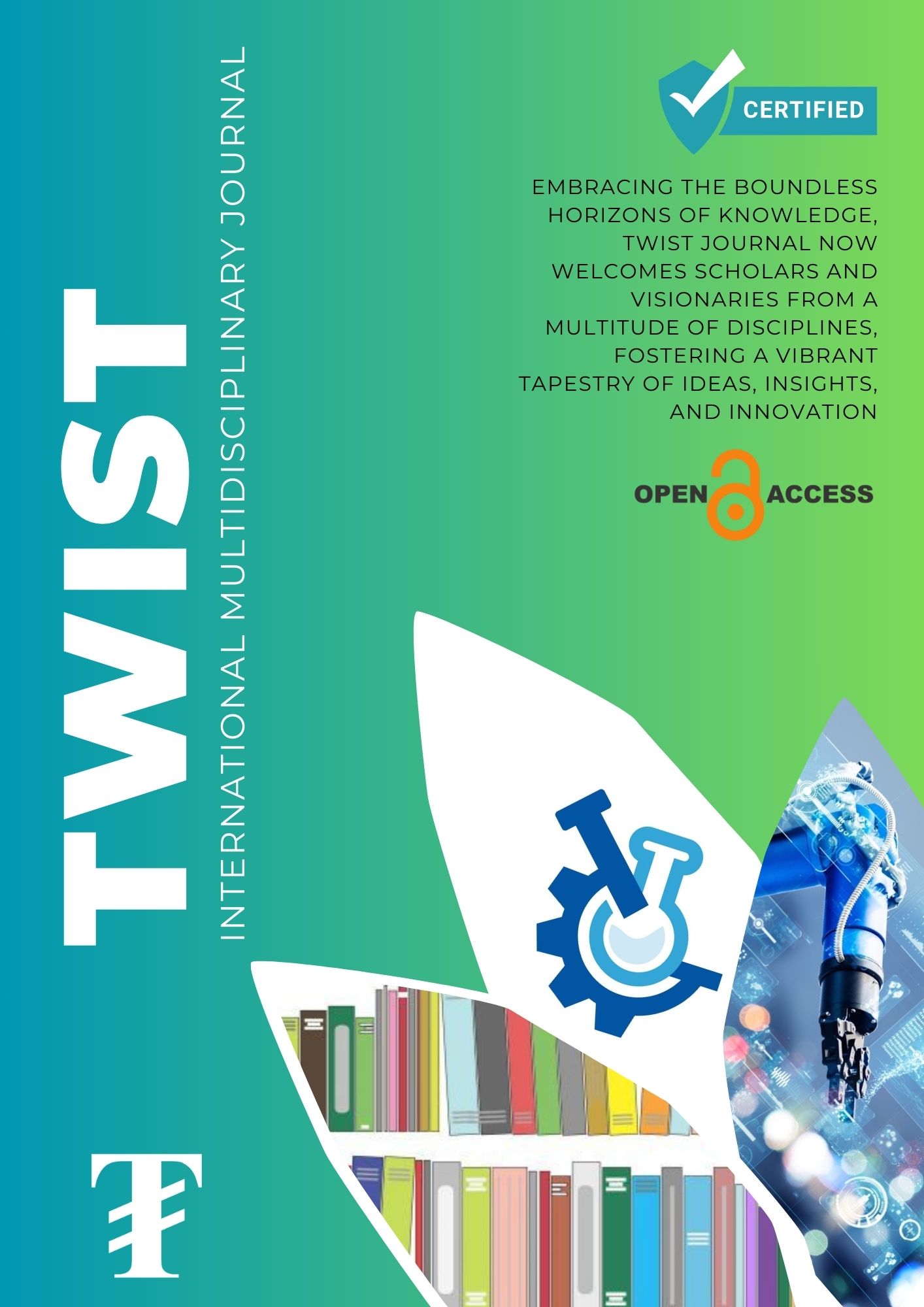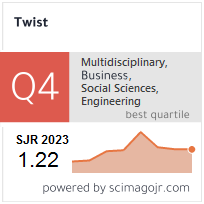The Advantages of Digital Radiography: Recent Advances in Imaging and X-ray
Keywords:
Digital radiography, Radiographs, Scanning X-ray, DevicesAbstract
Digital radiographs are composed of a set of numbers arranged as a grid of rows and columns. The dentist can perform mathematical operations on these numbers to create a new image in which certain characteristics are enhanced, thus making interpretation of the image easier. The dentist also can correct, to some extent, overexposed or underexposed images and can optimize contrast and brightness for specific diagnostic procedures, such as caries detection and bone level assessment. Using advanced image capture and computer technology, radiographic images are viewed on a computer monitor. This is advantageous because radiographic images can be adjusted using dedicated computer software to maximize diagnostic image quality. Digital images can be accessed at computer workstations throughout the hospital, instantly retrieved from computer archives, and transmitted via the internet for consultation or case referral. Digital radiographic data can also be incorporated into a hospital information system, making record keeping an entirely paperless process. the more promising existing and experimental detector technologies which may be suitable for digital radiography will be considered. Devices that can be employed in full-area detectors and also those more appropriate for scanning x-ray systems will be discussed. These include various approaches based on phosphor x-ray converters, where light quanta are produced as an intermediate stage, as well as direct x-ray-to-charge conversion materials such as zinc cadmium telluride, amorphous selenium and crystalline silicon.
Downloads
Downloads
Published
Issue
Section
License
Copyright (c) 2023 TWIST

This work is licensed under a Creative Commons Attribution-NonCommercial-ShareAlike 4.0 International License.











